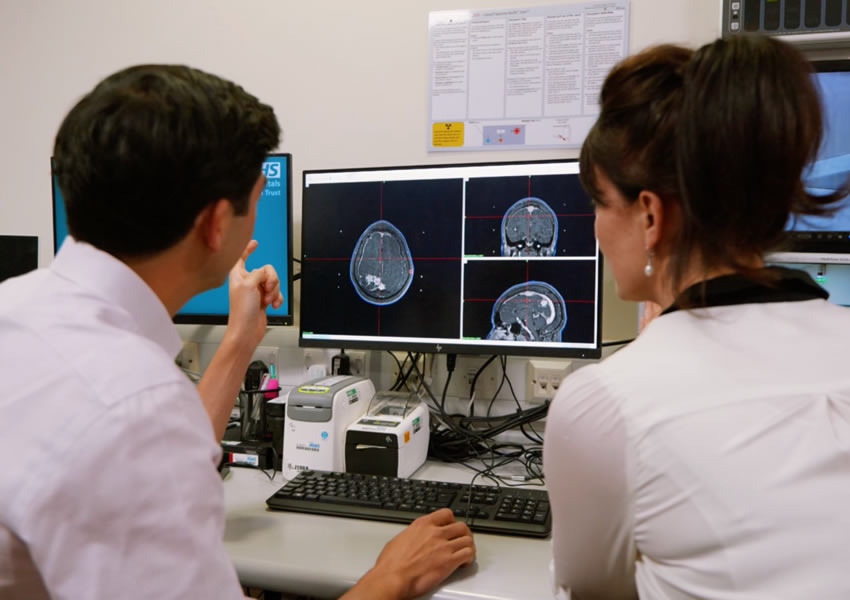In the not so distant past, a supply chain was linear. A company could, for example, trace its raw materials, components and Samtec electronic products on a straight trajectory from source to end-user. Because that is no longer the case in today’s global milieu of heightened customer expectations and complicated supplier relationships, new models have come to the fore, and innovative technology is paving the way for enhanced transparency and efficiency every step of the way.
Connectivity
The rise of the internet and the increasing ease of connectivity mean that supply chain managers, teams and vendors can communicate in real-time from anywhere in the world. As a result, roadblocks can be found and mitigated as they happen, and stakeholders can brainstorm solutions in a collaborative environment that encourages buy-in from everyone. In addition, this connectivity makes the collection, analysis and dissemination of data streamlined and efficient. As a result, supply and demand can be measured, products can be secured more sustainably and risks can be identified sooner. Sensors are now capable of tracking each raw material and component as it travels throughout the supply network, enabling procurement specialists to check progress and location, measuring it according to preordained time benchmarks.
Advanced analytics
Efficiency is partially about speed, but it also can be maximized with the help of the insights that modern automation and artificial intelligence can provide. For example, AI analyzes current conditions, enabling managers to change delivery routes and timing schedules accordingly. Furthermore, inventory orders can be modified if an organization’s analytical tools detect a favorable change in pricing or suddenly added availability in the marketplace.
Procurement platform
To meet a large manufacturer’s supply needs, an intricate network of vendors, sub-suppliers, contractors and governmental entities is essential. Managing it requires a multifaceted approach with technological innovations as the centerpiece. Using data from all sources, a procurement platform manages supplier contracts, automates invoicing and payments, furnishes services verification and tracks costs. Best of all, information is centralized, frequently updated and available to everyone with user permissions.
Surveillance software
When disasters such as COVID-19 strike, technology can perform a vital role in the surveillance and early warning. In real-time using objective and reliable measures, these systems are able to scan the current landscape for anomalies such as shortfalls or surges in demand and then provide instantaneous alerts to an organization’s procurement team. Armed with that actionable data, decisions can be made and operations pivoted to adjust for what is to come.
Uncertainty is the order of the day. Fortunately, technology furnishes companies with critical information and insights that could not be obtained in any other way. When businesses make a commitment to using these innovations effectively, essential products and supplies can be allocated more efficiently, resulting in time and money saved as well as a greater probability of on-time delivery of the quality goods on which the organization has built its reputation.





